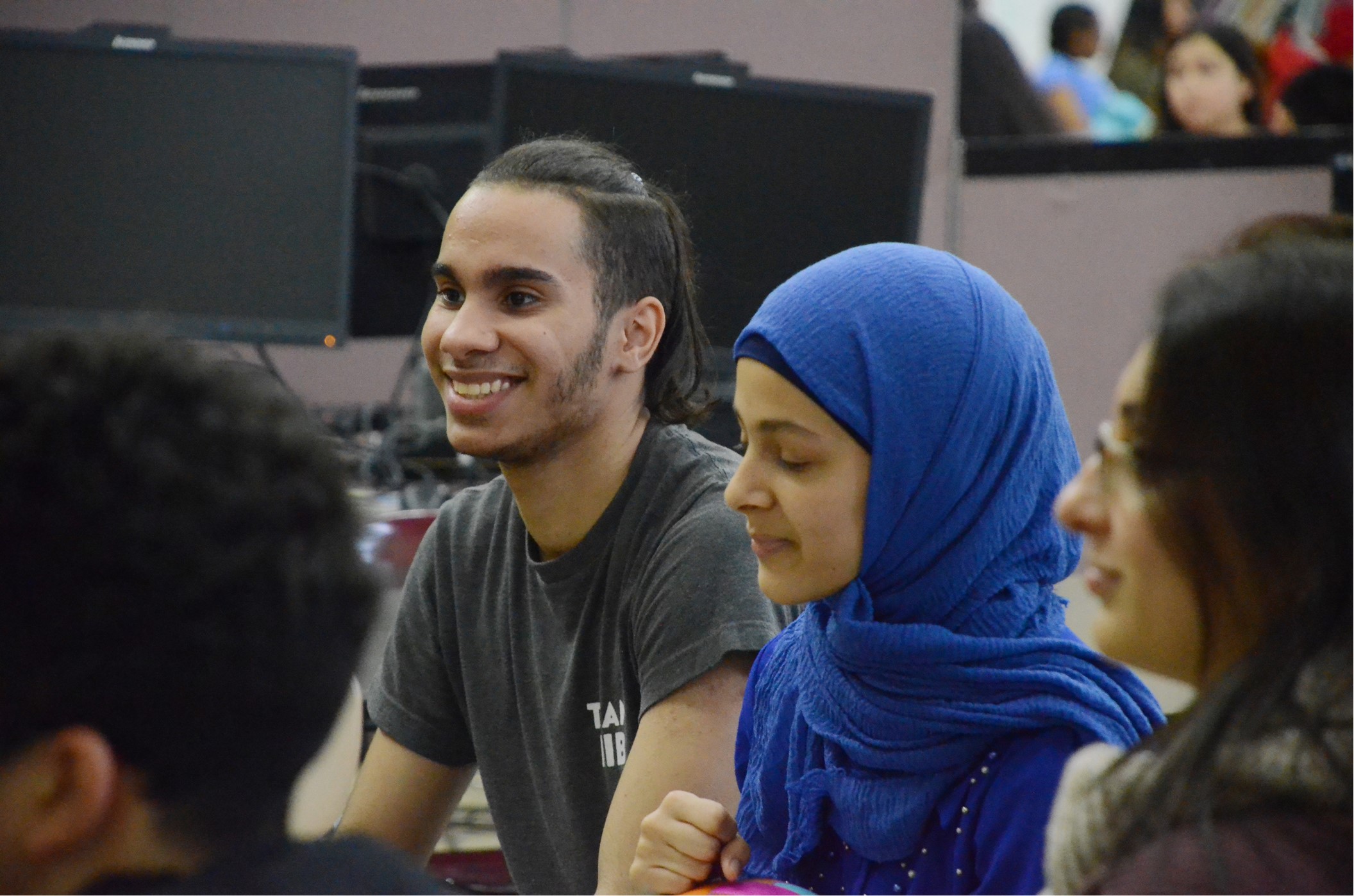Introduction
In this activity, students share their reflections about the power of storytelling to build community, tell some stories themselves, and perhaps make a plan for regular storytelling sessions.
Begin the session by inviting students to think about the role that storytelling plays for them, both individually and in building community.
Ask students to consider (by themselves, in pairs, or with the whole group):
- What are the reasons we tell and share stories?
- Why do we like hearing stories?
- What are some elements of a good or interesting story?
- What are some ways that stories influence us?
- What happens when we hear stories that hold meaning for us or that resonate with us?
After students have reflected on these questions, share that storytelling influences just about every aspect of our lives, including where we shop and what we buy, the places we go, who our influences are, and who we spend our free time with, for example.
Our favorite shows and movies include the element of great storytelling. The images we like tell us stories and often allow us to see ourselves, or maybe the version of ourselves that we want to be. Storytelling helps us keep our traditions and cultures alive.
Share with students that storytelling can be used both proactively to build community among people, and to heal and repair the community after a harm or conflict has happened.

Discussion
Invite students to share their responses to the following two questions:
- How can telling or hearing stories about ourselves or others help us build community and strengthen our connections with each other?
Record students’ responses. You might elicit such responses as the following.
Storytelling can:
- help us understand each other (and sometimes ourselves)
- shed light on our similarities and help us understand and/or appreciate our differences
- let us know that we’re not the only one
- help us to learn and grow
- provide inspiration
- connect us to each other
- help us celebrate
- enable us to share and discuss
- help us to plan and strategize
- How can storytelling help us heal and repair the community after harm or a conflict has occurred?
Record students’ responses. You might elicit such responses as the following.
Storytelling can:
- help us understand the impacts of our actions
- help us understand each other’s needs (even if/when our needs conflict with others’ needs)
- support us in working collaboratively to repair harm/rebuild community
- help us to see things from someone else’s perspective
Activity: Storytelling Go-Round
Invite students to a seated circle, and ask them to respond in a go-round to some of the prompts below.
- What are examples of storytelling that matter to you, and why? (i.e. in the news, informational podcasts, music, books, documentaries, visual art...)
- What story have you heard recently that you connected with, or that impacted you?
- What is a story about yourself, your community, or your culture that you are proud to share with others?
- Whose story comes to mind when you think about bravery? Strength or courage? Perseverance, or any other quality you admire? What about this person’s story stays with you?
- Who is the best storyteller you know, and what makes them great at storytelling?
- What is a/the story of your name?
- Tell a story of a time when you felt like your presence mattered in a community.
Closing
After the go-round, invite students to share:
- What was it like for you to share stories and hear others’ stories – and thoughts about stories?
- What stood out for you?
Ask students if they would like to do more storytelling with each other.
If they are interested, work with students to come up with a plan for another storytelling session in your class. Ask them to work together to decide on some prompts they would like to use for this future gathering.